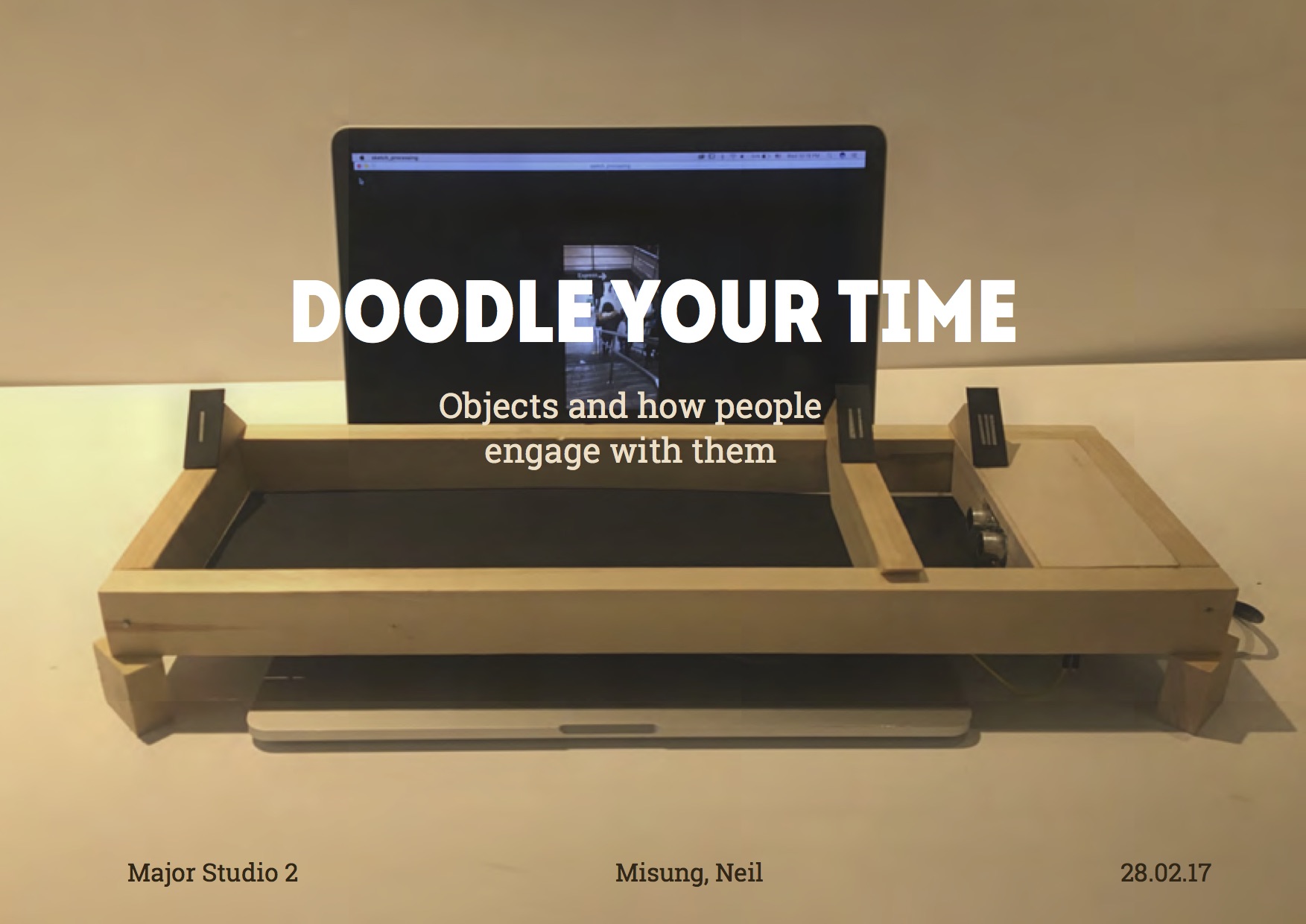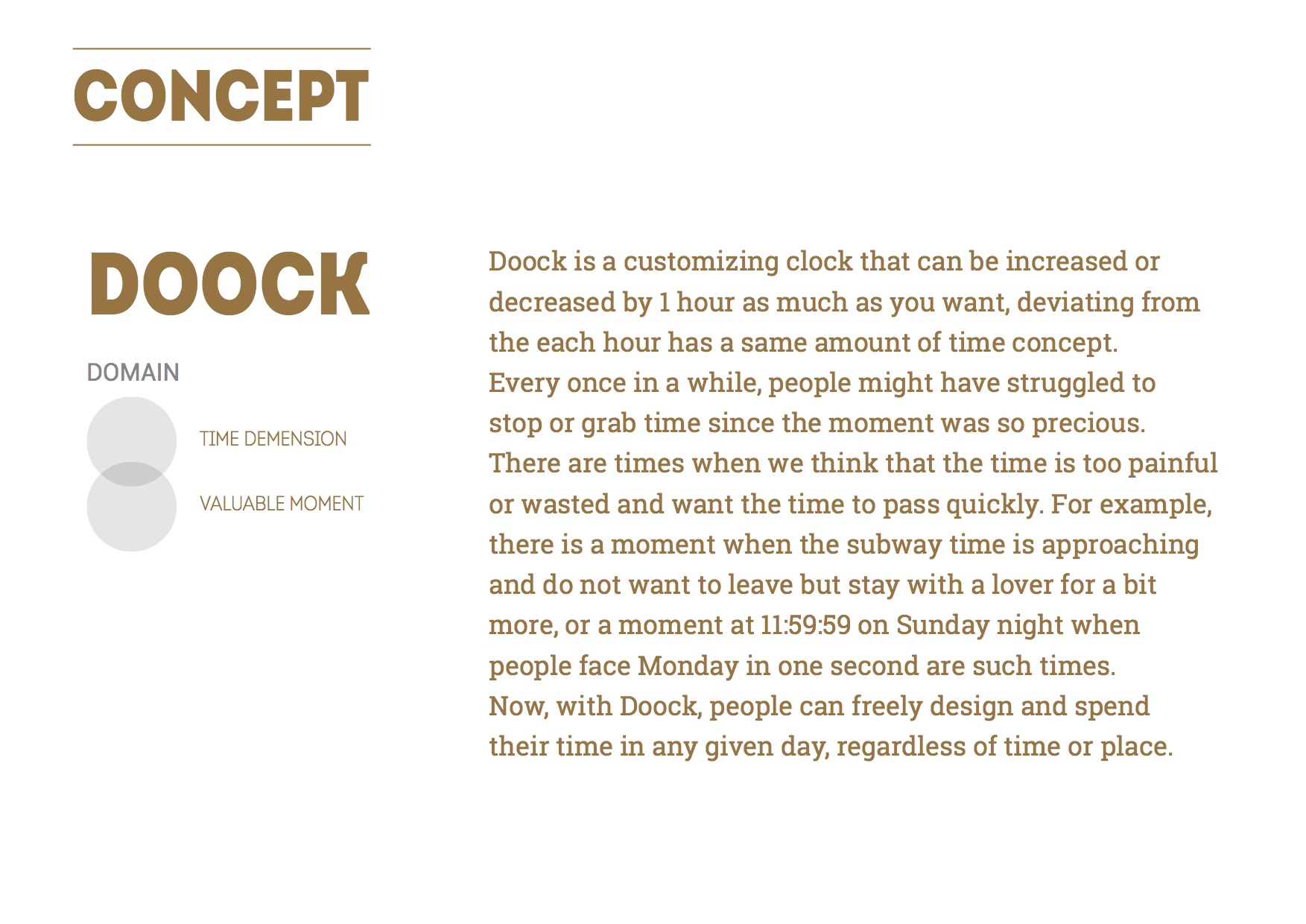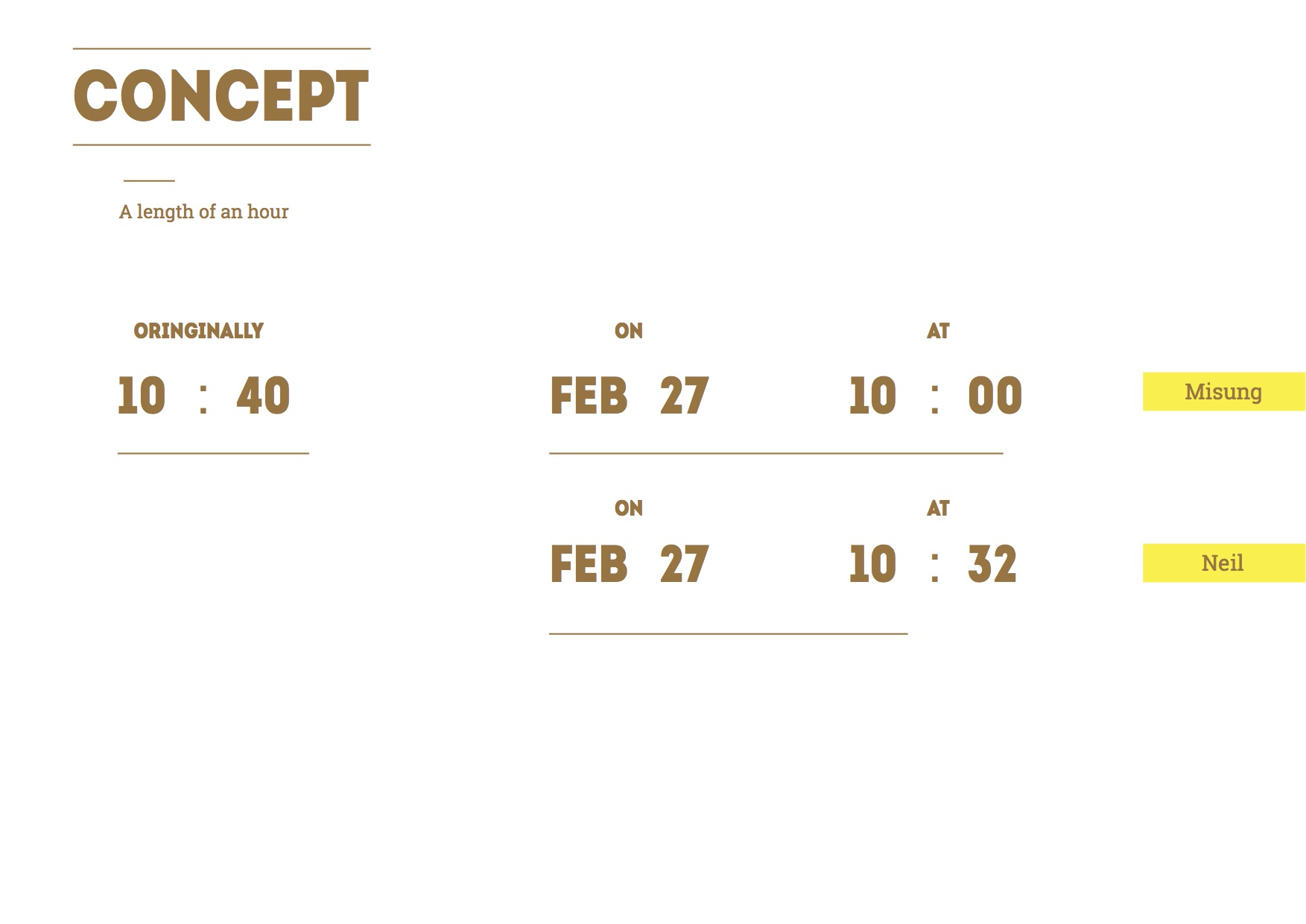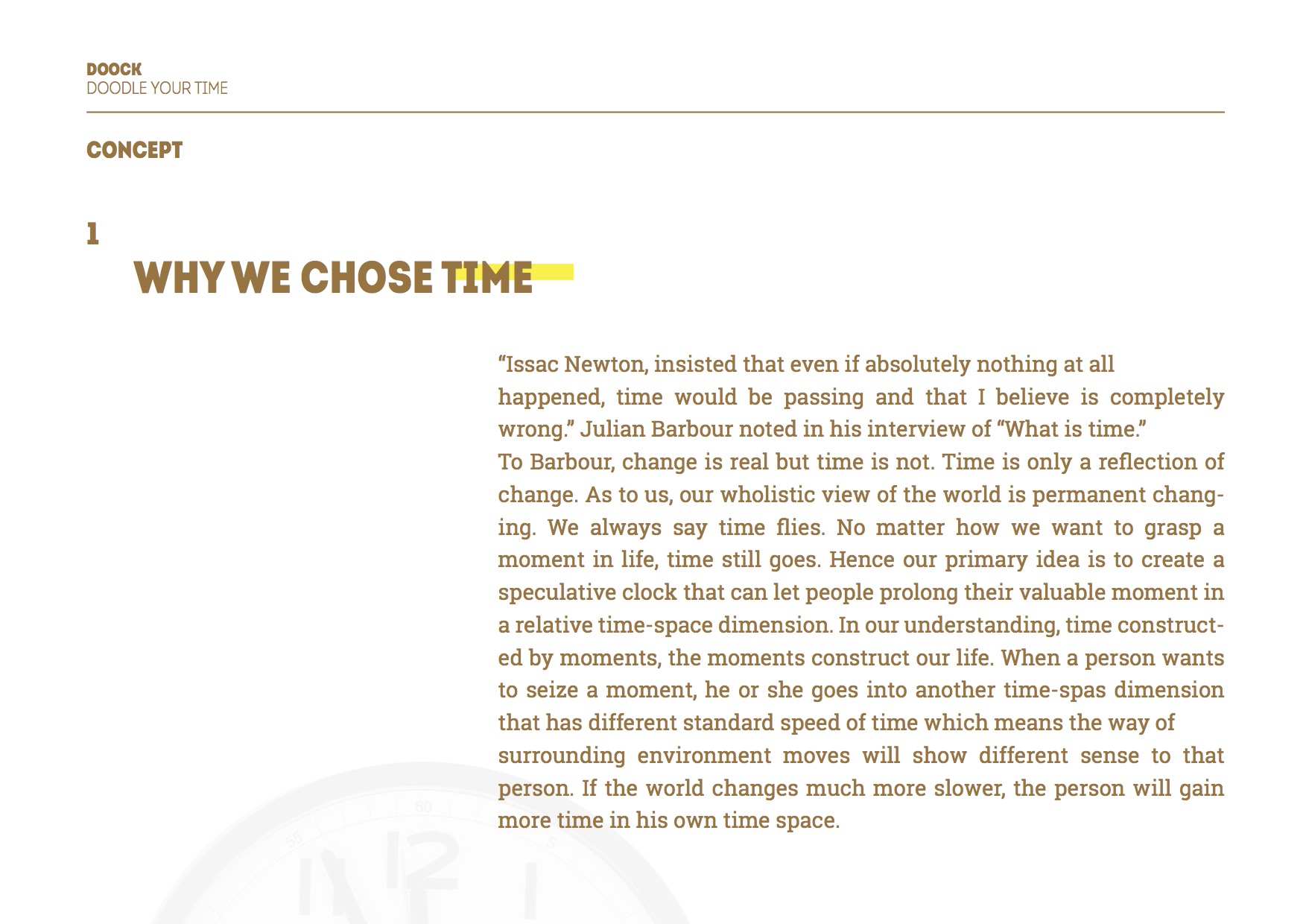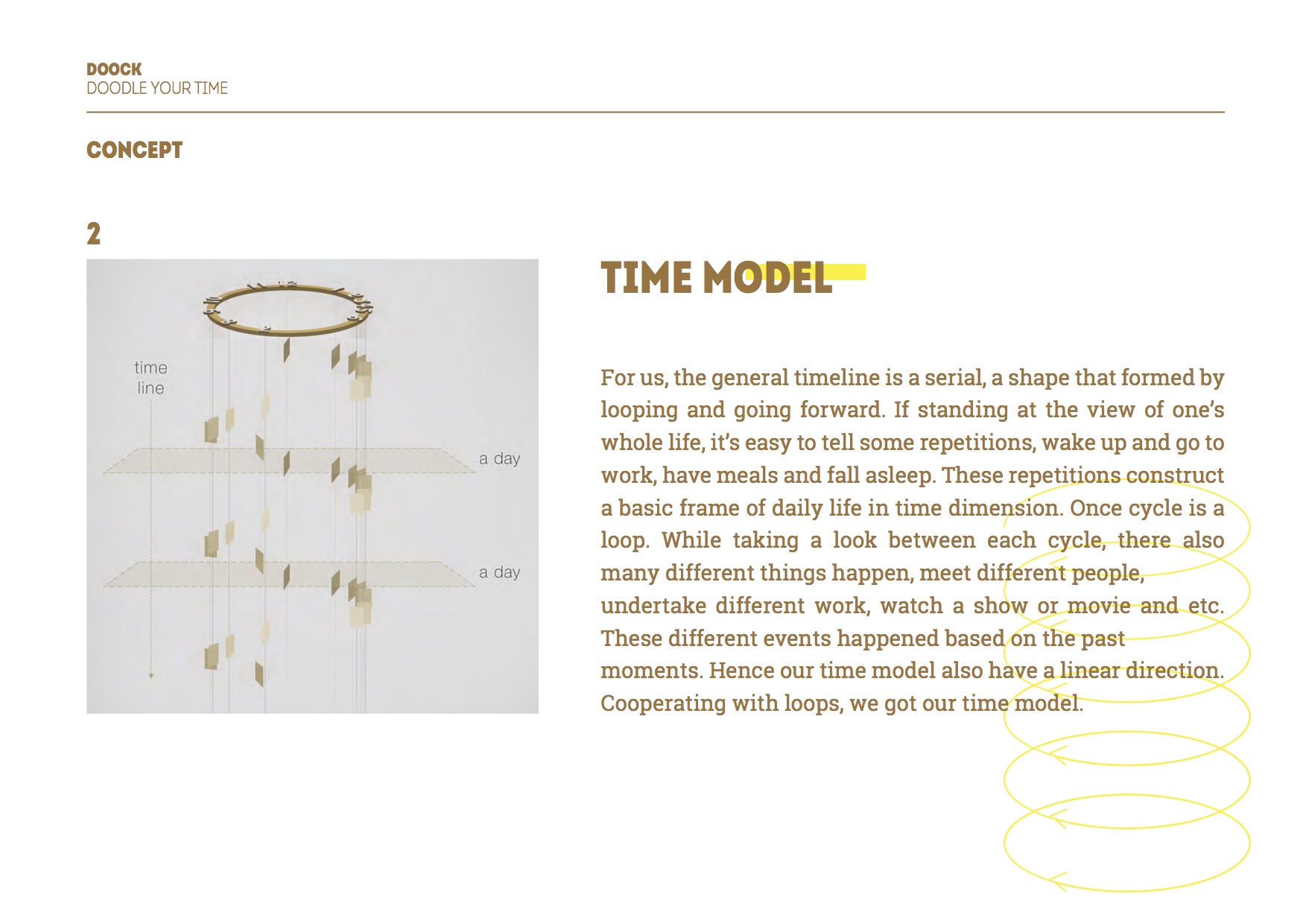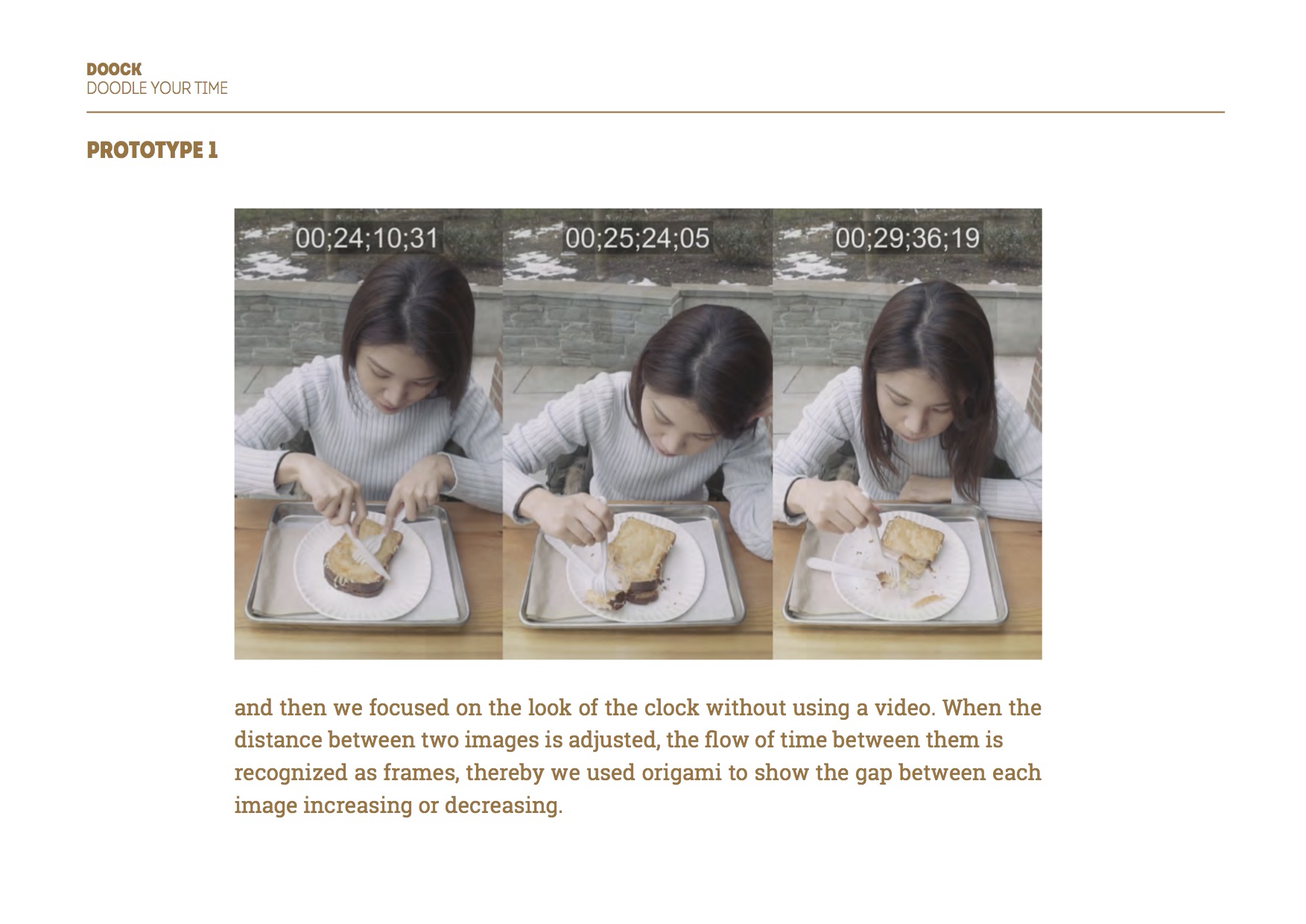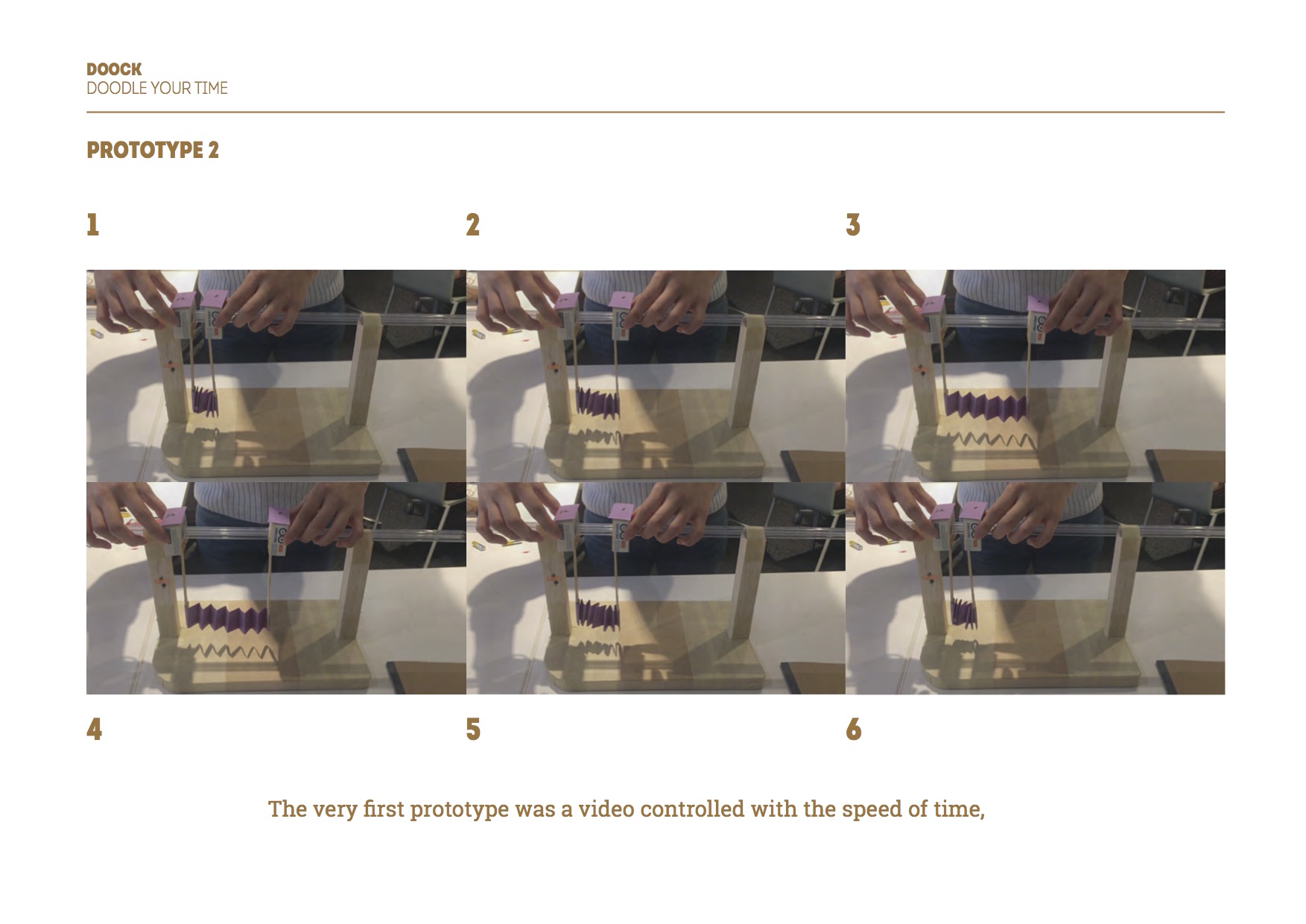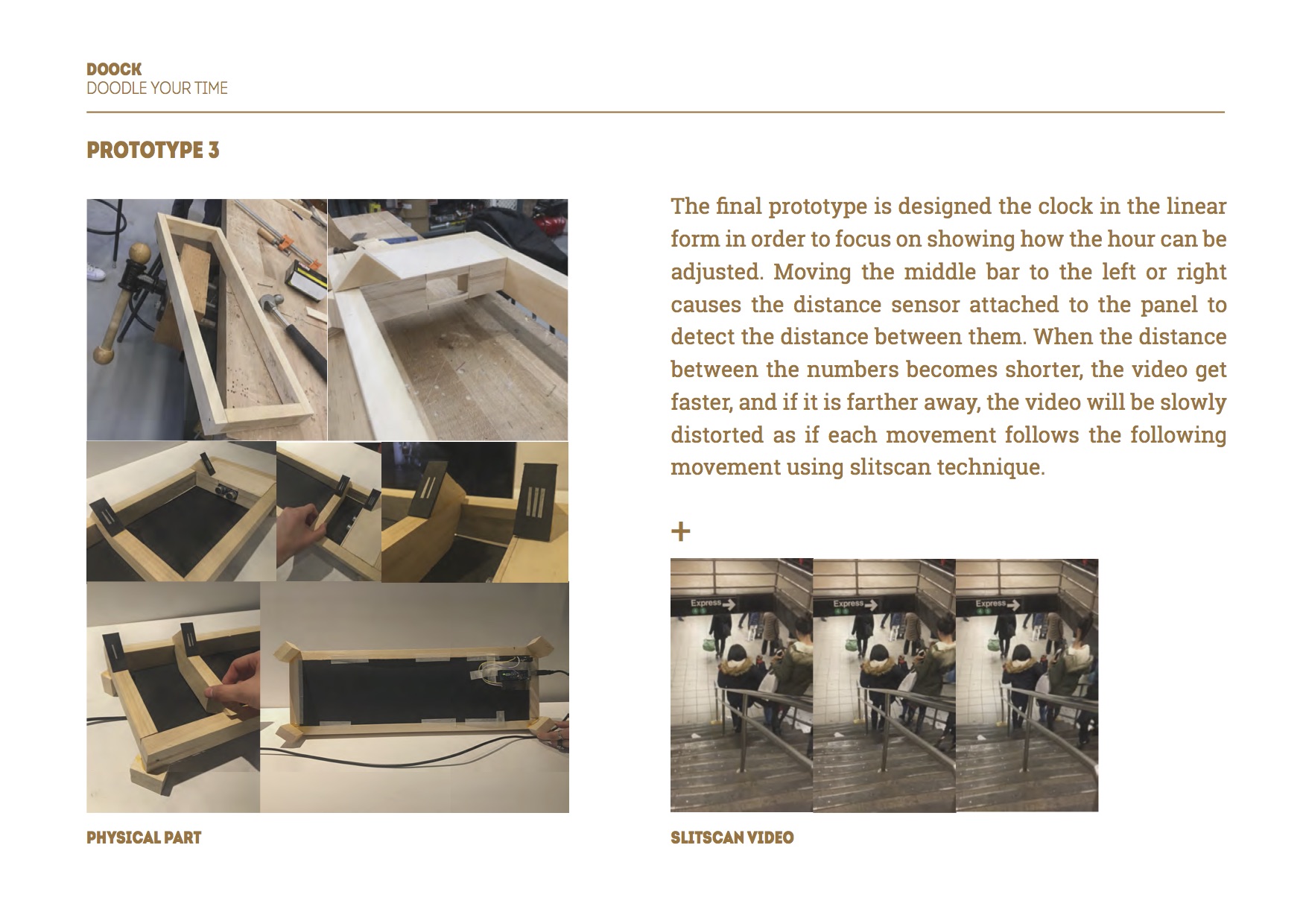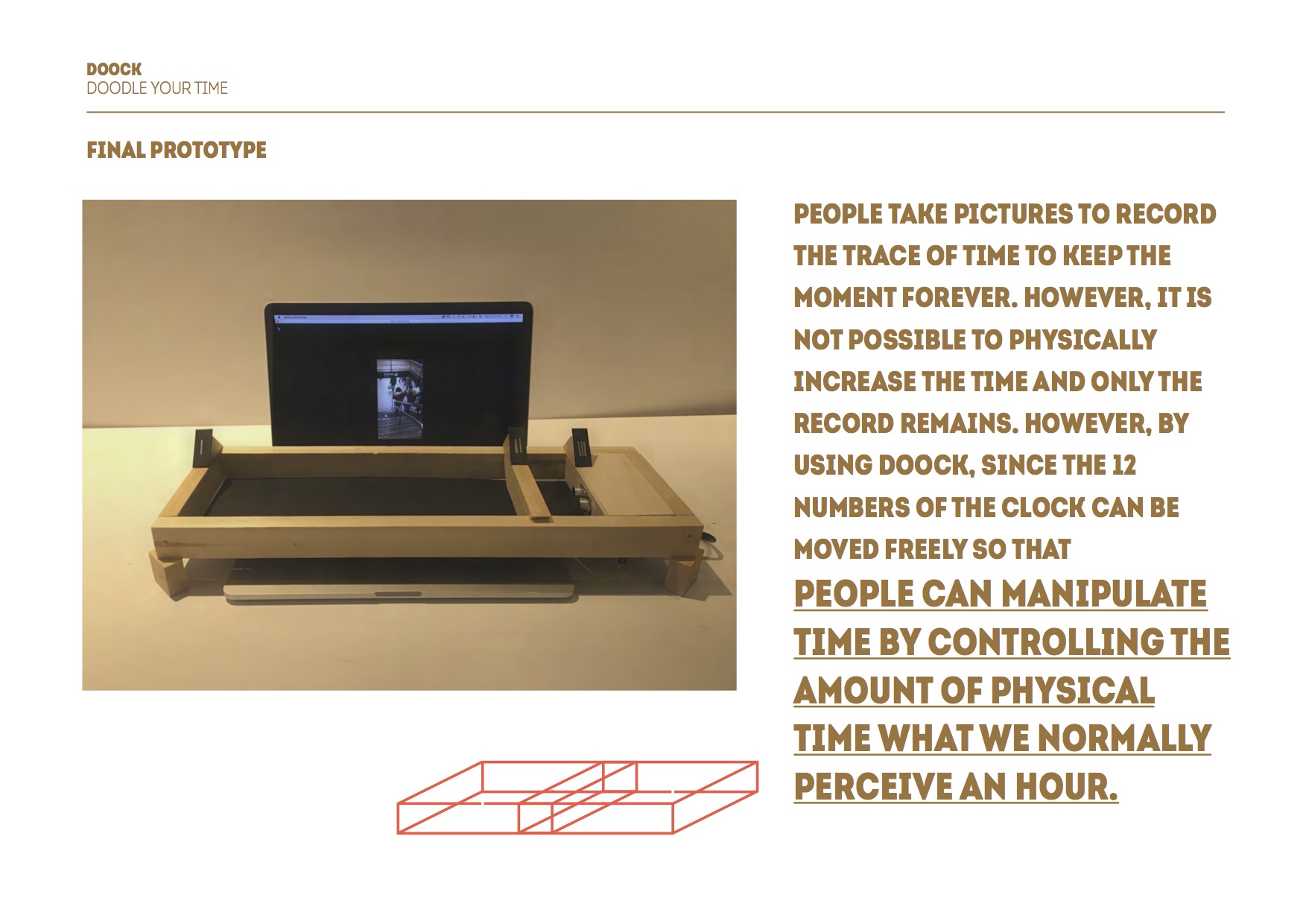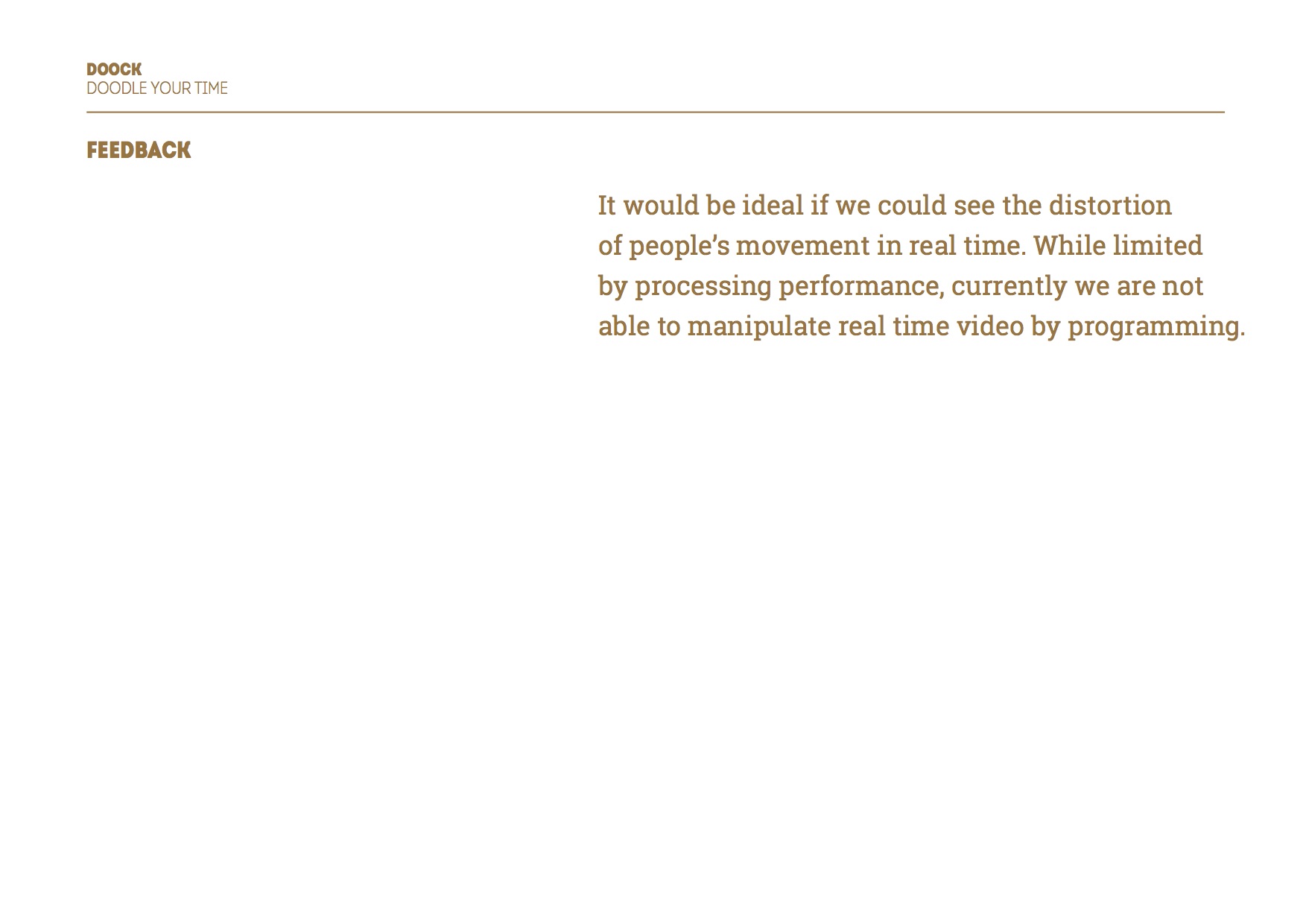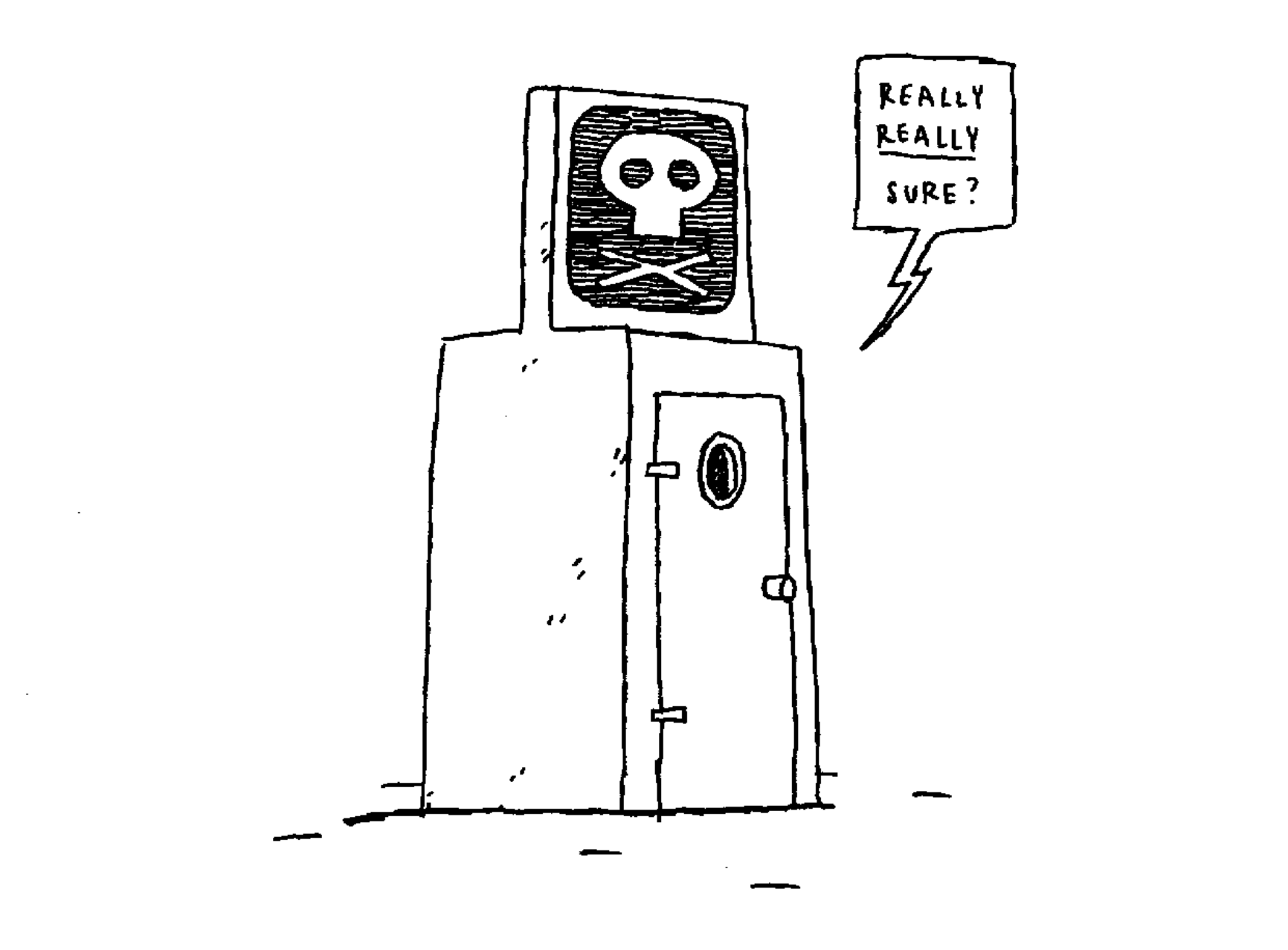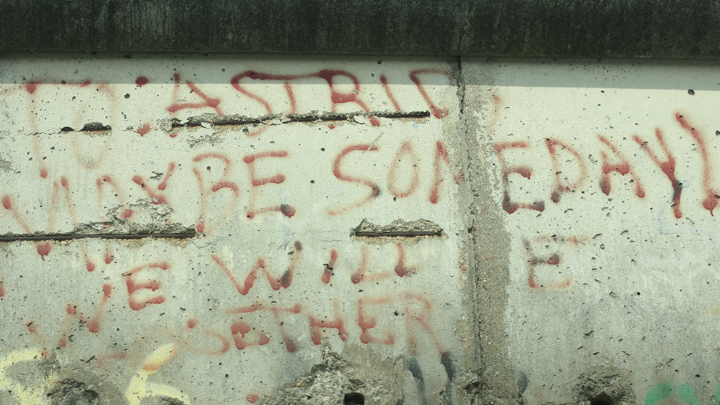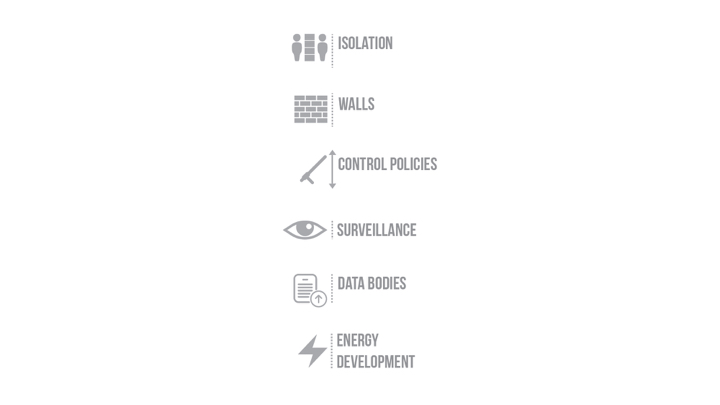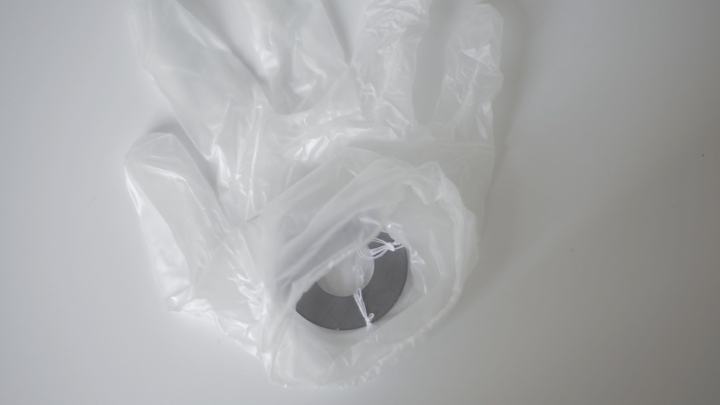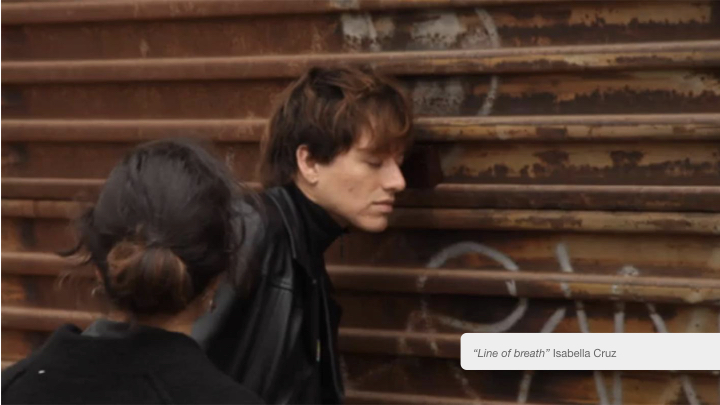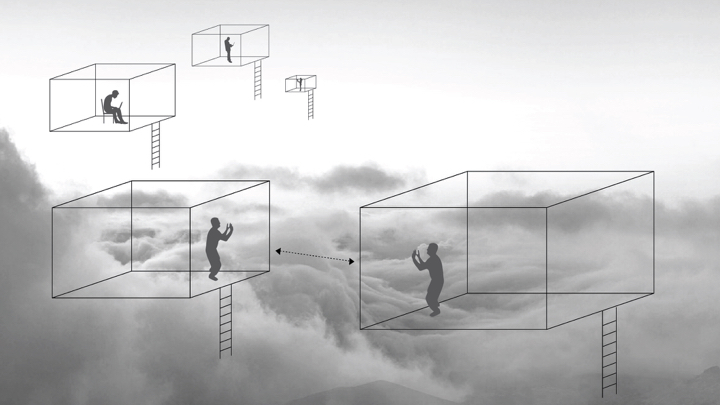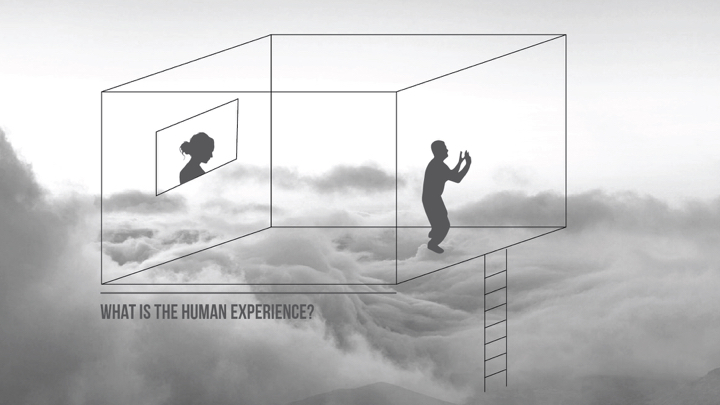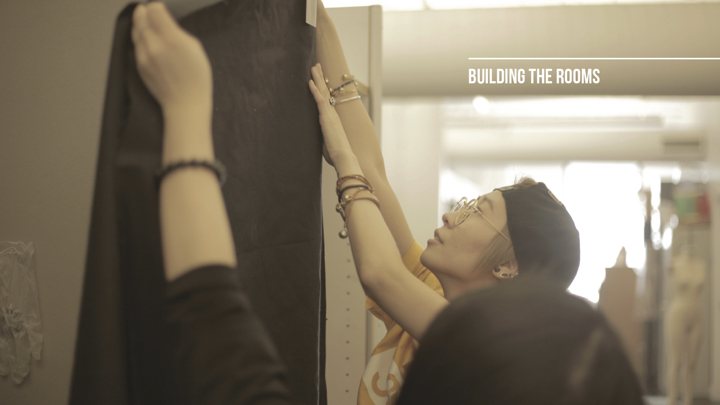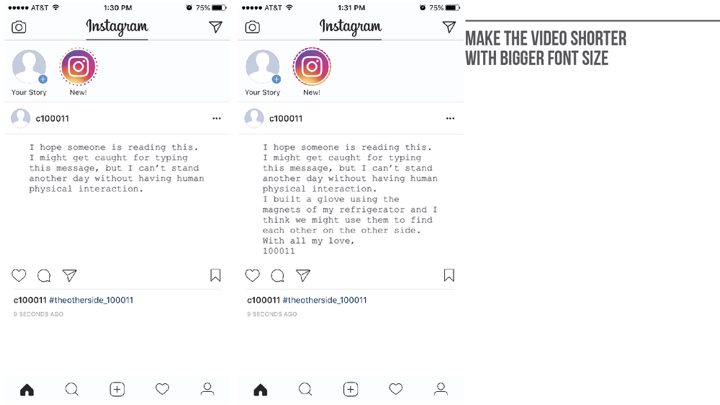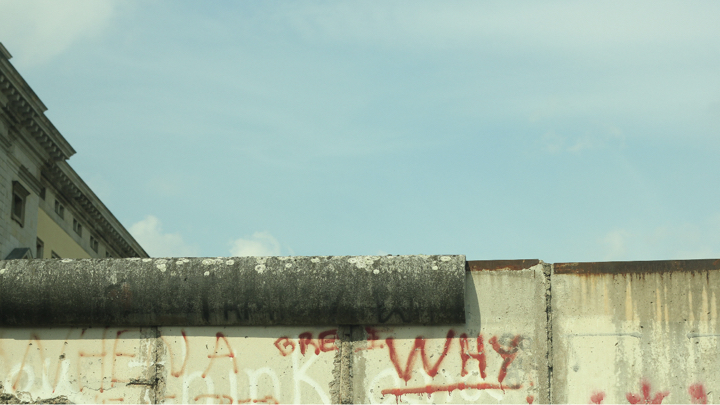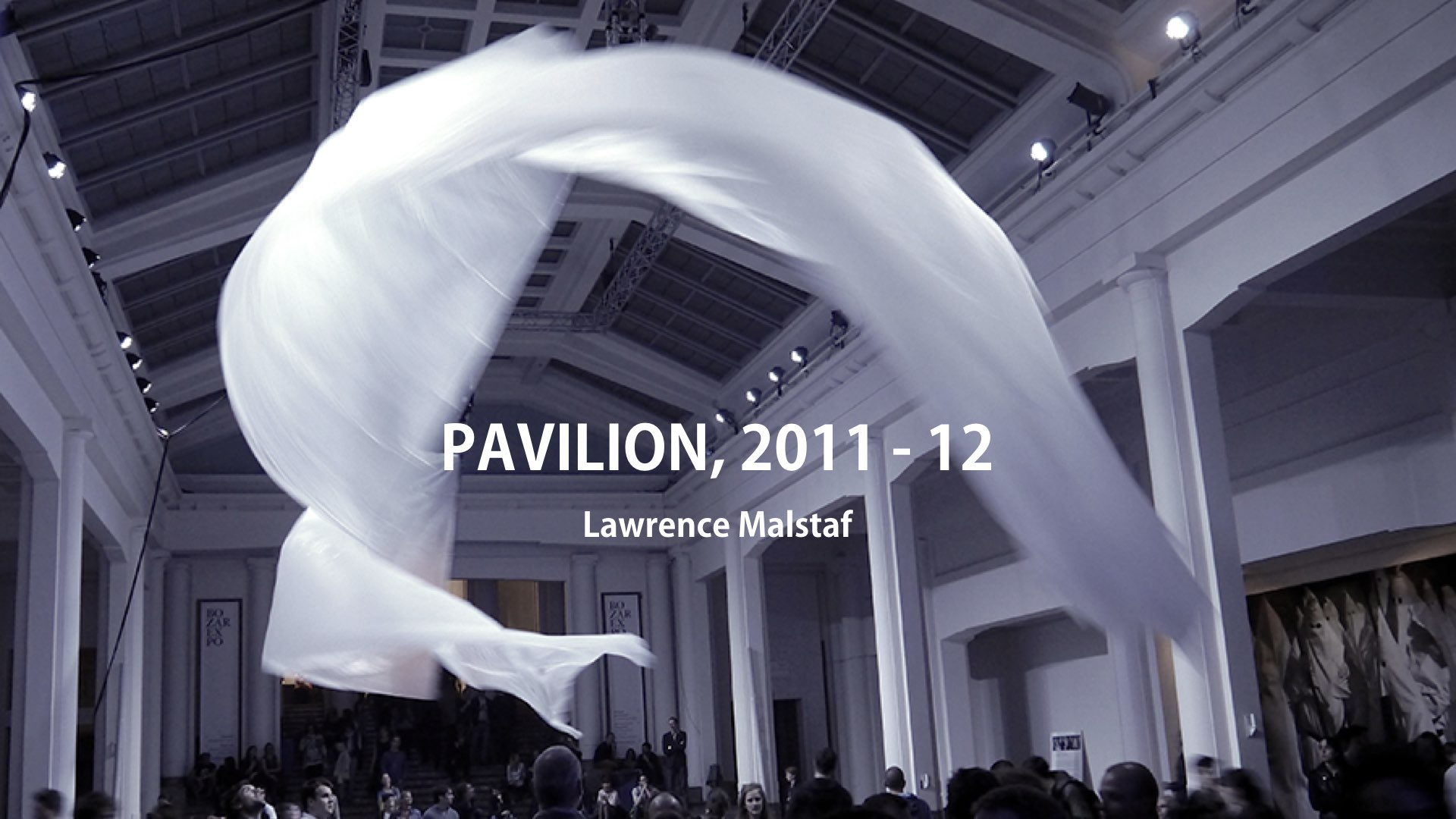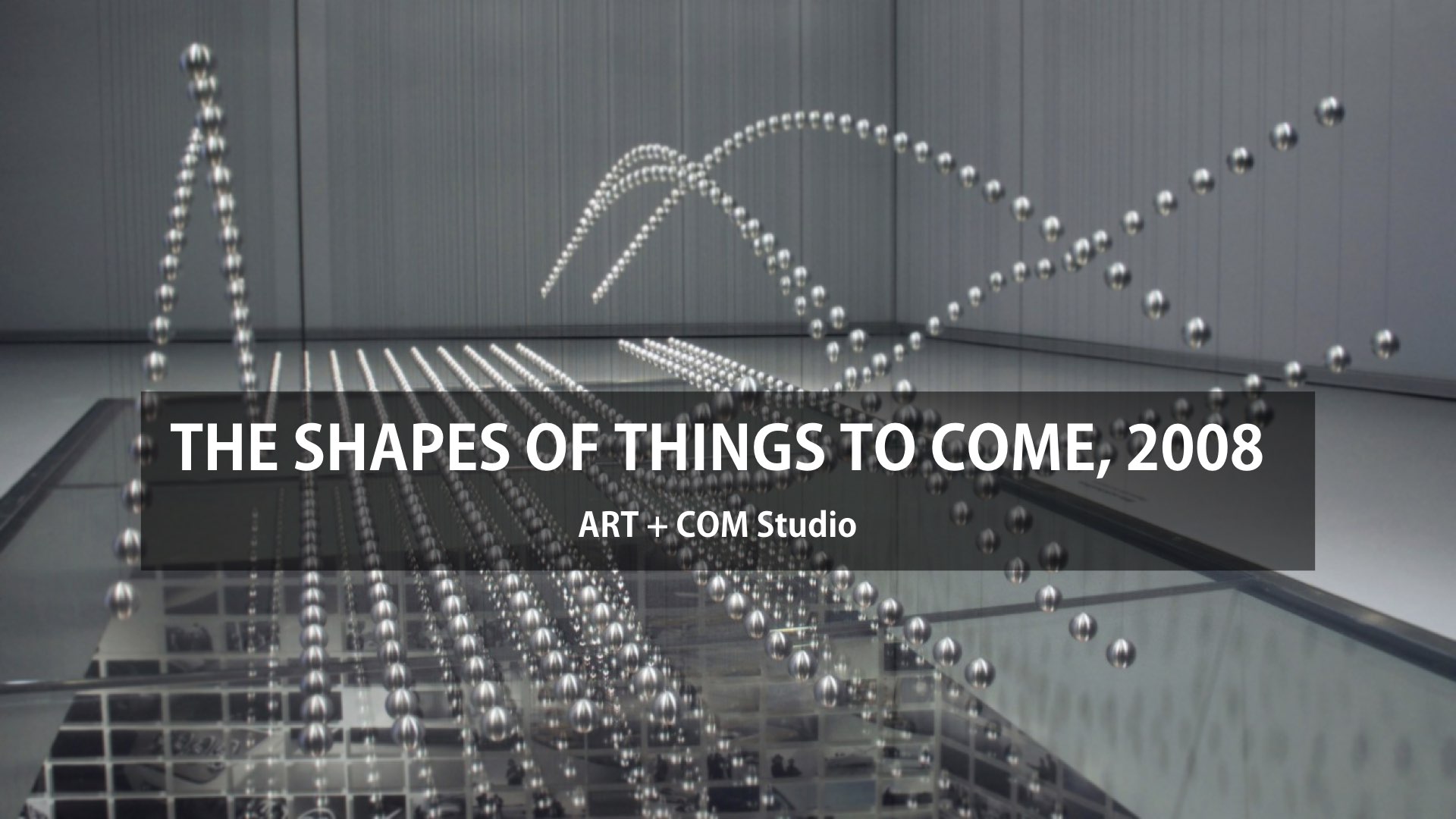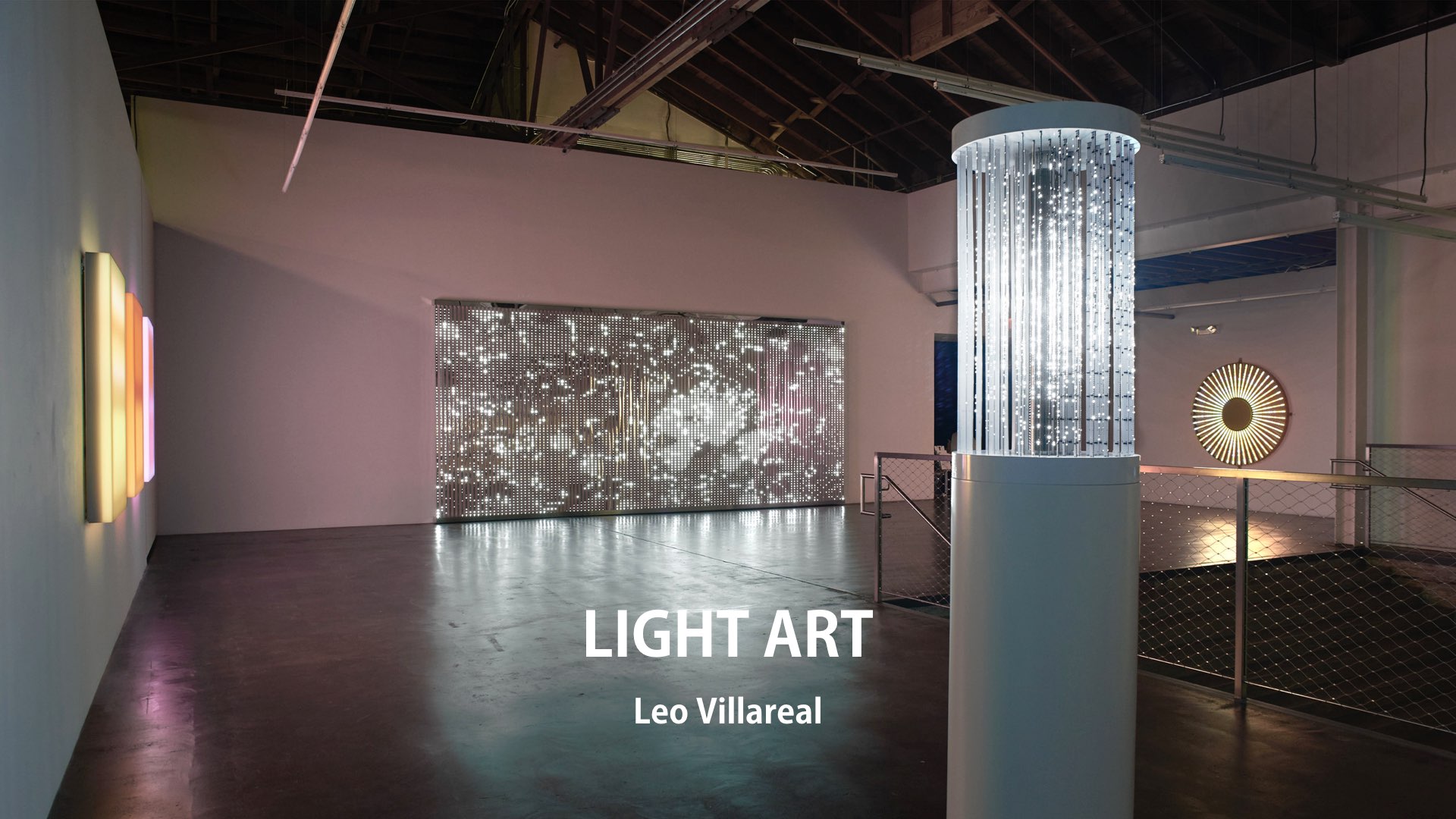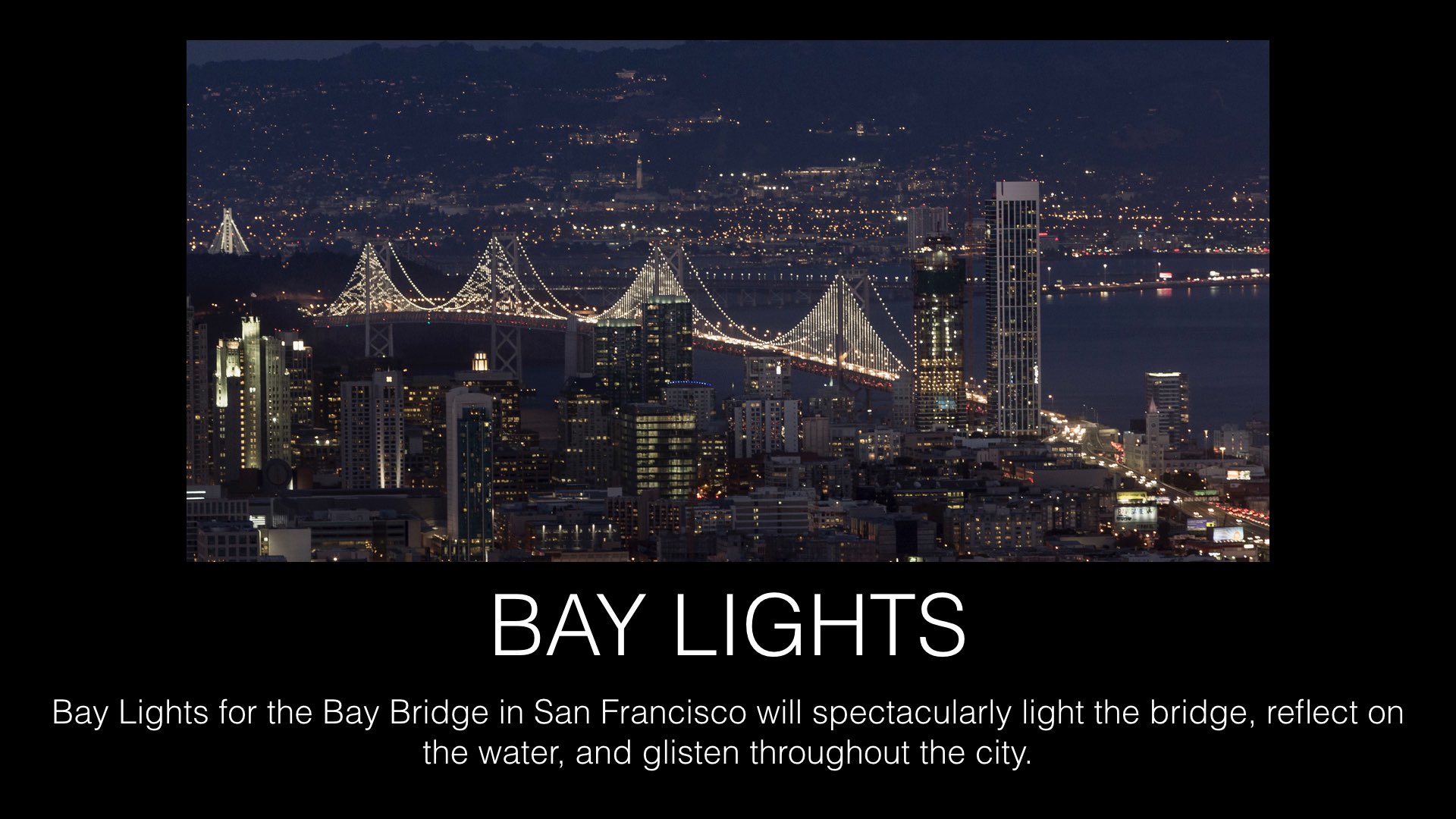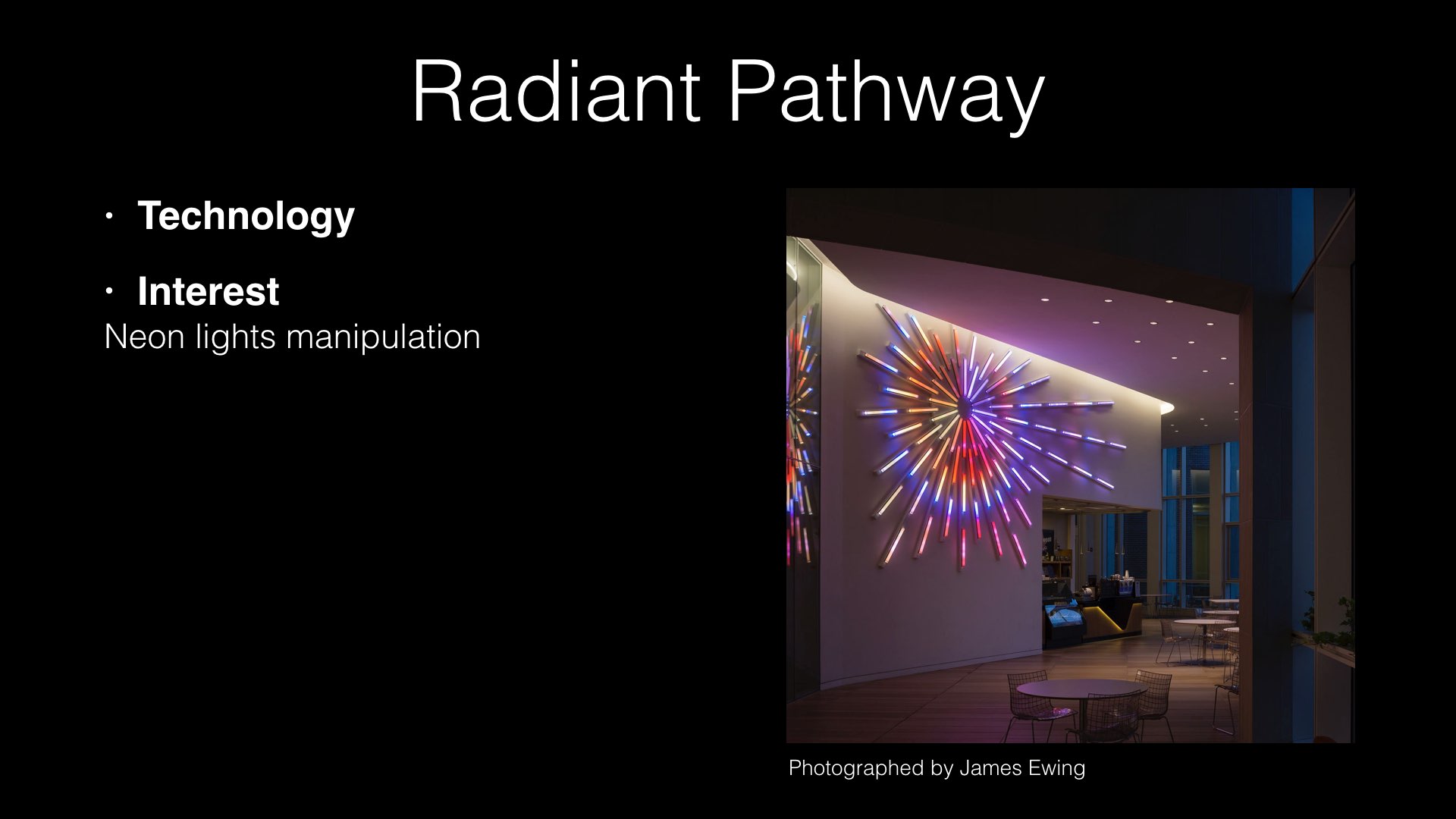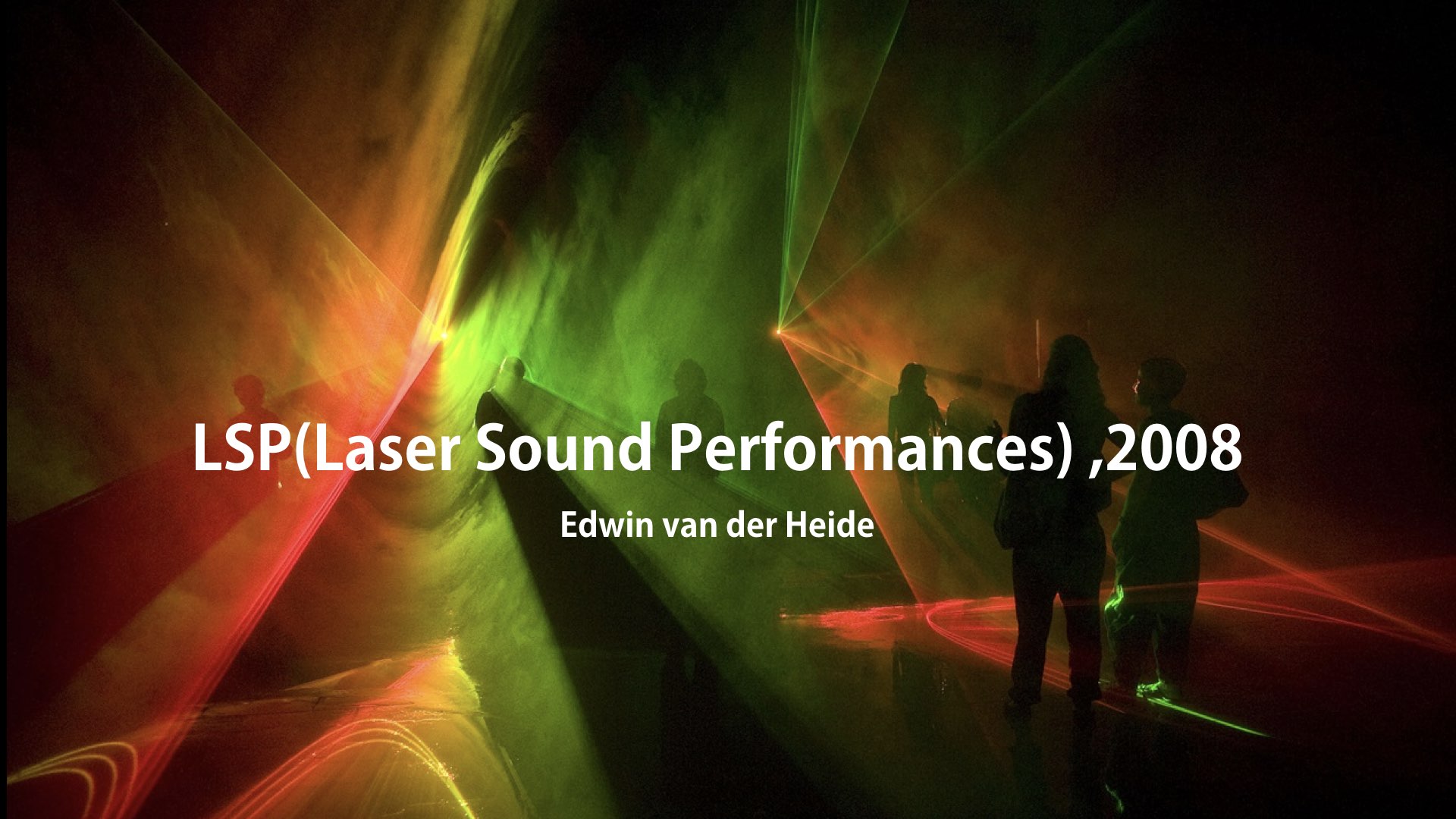2017 major studio project 3 – Play
Reading Response – Why We Need Things
When I was reading Why We Need Things, I can’t stop myself to think what the objects means to me. I Mihalyi Csikszentmihayi’s article, he mentioned three ways that artifacts can help us objectify the self to us. First, he thinks objects has the power to indicate owner’s power and the position in social hierarchy. Such like prey‘s bone used as necklace shows owner’s physical power and control position in hunting age; collection of luxury products, premier furniture shows owner’s wealth and high class position. That reminds me that we can tell a people’s life quality through one’s outlooking, daily supplies, especially soft outfit in their house. Second, mementos and old things from past can help people continue awareness of who they are in current life and know their direction in future life. I remembered that sometimes when I floundered in my life, feel empty and depressed, I always look at some old things, such like books that I read when I was in high school, pencils and sketch books that I always used to draw my mood, to calm myself down, and later I feel better. Third, he says objects can help people know their place in their social network and relationships. For instance the objects that got from friends or related to family members can make people know they have friends and a warm family. It’s symbol of cherished relationship. Here, he gave an example of a woman who said she only care about human relationship and doesn’t care objects at all. It turned out that this woman didn’t have family or friends. His conclusion that “if the home had few things that evoked meaning, its owner tended to be social isolated.” That makes me think maybe that’s the reason why I, as an international student here always feel lonely. In my room, all the furniture are second hand furniture and bought by myself, my stuff are almost new buying. There are little things that I brought from my hometown.
In the article, the author mention a term, psychic entropy. I did a little search about this term, it’s an mental status that indicate order or disorder level in psychology. All unknown things and chaos are highly disordered, can make people feel anxious, fret and fear, while highly organized things can make people feel more stable. When people involved in unstable things, their psychic entropy will rise up. For us, there are always new things in our life, life itself is disorder and unknown. While according to the author, objects can help people stabilize self in changing life. That’s the root why we need things. When I did the research, I also get to know that why the author mentioned musicians, artist and mathematicians can be more independent against objects, because arts, aesthetics and knowledge are highly-structural and highly-ordered things. I hope somedays, our designers can use our power to help people get more independent from objects rather than rely on it to keep ourselves stable.
Reading Response – Design Noir
When people talk about product design, many of them have a first impression of aesthetic pieces, useful products, resolutions to problems. While like Dunne and Raby said in Design Noir, if the current situation of product design is analogous to the Hollywood blockbuster, then an interesting place to explore more detail might be its opposite: Design Noir.
In my opinion, people all have a dark side and imperfections, that’s human, even though it’s hard for me to tell why some complex psychological behaviors happens. Then as a designer, we don’t have to fulfill the mainstream taste or follow the social norm to design. There are so many different needs of people, for me, it’s more thrill to design for unusual needs and create disturbance or dilemma to stimulate some interesting psychological behaviors than follow mainstream. I like to see people break or hesitate around the boundary between their real needs and social norms. Then why don’t use technology as a media or interface to meet these “dark” needs? Won’t that be more interesting?
I like the Alibi CD and Japan love hotel examples pretty much. Like the author said, it uses technology to satisfy unacknowledged rather than genuine needs. People all lies. That makes me think about an by-product of Wechat in China. Since Wechat is so pervasive in Chinese daily life as a communication tool, the content of dialogue can be used as an evidence to gain trust. Then there is an application that can make a fake dialogue between two people. At first, some Wechat online retailers use that generate good feedbacks of their product and post it in social media to solicit customers. But before long, I heard that a female home wrecker use that app to scheme between my friend and his girlfriends. Then I asked some friends wether they will use that application, the truth is they already used that in some situations, lie to their co-workers, their partners or friends. Have to say, maybe someday I’ll use that too. I also believe that we should give some space to our real but insincere needs.
2017 Major Studio: Project 1 – Environment
This project focus on the people’s responsiveness in a specific environment. The first thing came up in our mind is “wall” and magnets. Magnetic field is invisible but is responsible for the most notable property of a magnet: a force that pulls or pushes another magnet.
Then we began with the initial brain storm to list the things that came up in our mind related to “wall”:
- Déjà vu: Human interaction with their own past life.
- Object, a behavior and its surroundings: Compare them or combine them.
- Politics and how the affect us: There’s a wall that is going to be built and will divide two countries. If we combine this with a Déjà vu = Berlin wall. It happened after the WWII.
- Relationships and patterns of communication. Repetitive patterns between people.
- LGBT community.
- The great firewall the internet wall.
- Boundaries between human and non-human.
After we discussed topic by topic, we decided to build an interactive wall and list some questions to move forward:
- Walls like Berlin wall and The great firewall mean division, isolation, prohibition.
- The reasons that make walls built is: politics to avoid invasion, cut connection, achieve imprisonment or etc.
- What issues we care about: the human right, surveillance, internet(or digital) environment, profits, energy, control power.
- Question:
- What if the wall can break the normal walls meaning, act as an media to connect each other?
- What if the power cannot separate people by building a wall?
- What if the magnetic power can be used to connect?
- How does people feel after they were separate from people they love for a long time? How does he/she feel after reconnect with his/her love after a long period separation?
domain map
First, we tried the first prototype of our tools that let people can connect with others. We believe that the power of touching is touching. So we made this glove with transparent material and sewed the magnet. When one feels the pulling power from the other side of a wall, there may be something happens or some different feelings in their mind. We test this pair of gloves with different thicks of walls and materials.
At the same time, we were inspired by the project “Line of breath” by Isabella Cruz, a sound installation on the Mexico/United State political fence. When people get close to the wall, they can hear a voice of breath. For myself, I interpreted it as “give a space to breath to those who are suffered from rejection, discrimination and inequality”.
So we began to think about how we make an immersive environment that let people feel the pain from isolation or separation, have desire to connect with others, then our story was born.
In our dystopian world, since the land is monopolized by government, people have to live in the air with single floating room. This world is driven by an energy transformed from digital data that generated by using the internet. Since the internet service is so developed that people immersed in digital world and rarely go outside to have physical contact with others. The government take advantage of this phenomena and aims at profits that provided by people. They imprison people in their own house. When people find they are isolated and controlled by the government, it’s too late and after a long time working on generating data through years, they are hopeless. A female who cannot bear this situation comes up an idea that use magnetic power to connect with each other. She plans to sacrifice herself to have the last physical connection with others by sending her idea on social media to call people taking action.
Through this story, we want to satire the obsession to digital world in current society.
Having this narrative story, we began to build our second prototype – tow rooms divided by a wall. According to the test we did with gloves, we used the glass wall in our class room, cover it with black curtain, as our interface and built two closed space with cabinets and curtains for users.
We pinned the glove in each space, leaved the message “find the other side” on the wall to let people use gloves finding another user in the other side.
We also created an account on Instagram to display the character’s message – a video recording her typing. We want user search this account with their phones and watch the video to know more about our dystopian world.
But at last, we dropped this part because to some degree, it confused users by connecting “find the other side” with use social media searching our digital avatar on Instagram in the first round user test. We learnt that when conduct the user test, make process as direct or simple as possible is a better way, providing a more effective way to experience. After we iterated it, we record the following video of our user test.
We found that it’s not so easy to find another user even though our interface(the glass wall) is not so broad. Some users felt hopeless after a long time searching. But when they really feel the magnetic power, some of them says “wow! wow! ” . Most of them were surprised and felt amazing during this test.
At last, we hope that people can be aware of current digital situation and go back to physical contact with each other to some degree. Modern life is not a digital life.
Assignment 1: Inspiration of Physical Computing Projects
‘Pavilion’ that made by Lawrence Malstaf is an installation with several transparent sails attached to a motorized flagpole. The sails float in the space while performing a delicate choreography. It was achieved by servo-power and pending mechanism. I like a mechanical system or power that can moves objects automatically. In this project, I’m very curious about how to use motor and moves with a pattern.
‘The shape of things to come’ is a kinetic sculpture made by ART + COM Studio which was exhibited in BMW Museum in Germany in 2008. This project is inspired by form-finding process in car design. The spheres hanging down from the ceiling moves separately creating an impression like white noise and then forms different shells step by step in car design process. I’m curious about how to make a physical matrix moves individually.
Also, I’m very interested in light art. The installation that with different glowing material and lights are always fancy, especially the installation has some kinetic movement. Leo Villareal is renowned for his light art piece.
Bay lights is one of Villareal’s work. The sequence of lights attract me a lot. He use thousands LED units built his prototype and programed. I haven’t use LED lights before, so in this class, I’d like to try it.
Radiant Pathway is also one work that I like, because of the neon lights. How to make colorful neon lights and bend the tube into different shape attracts me. Neon lights has more gentle glow than LED lights, and somehow always make me feel like entering an unusual space and relaxing.
The last project is a performance made by Edwin Van Der Heide in 2008. I like laser! Because I like the light effects on stage, laser lights can make an future vibe, adding different colors and patterns, working with smoke generator.

